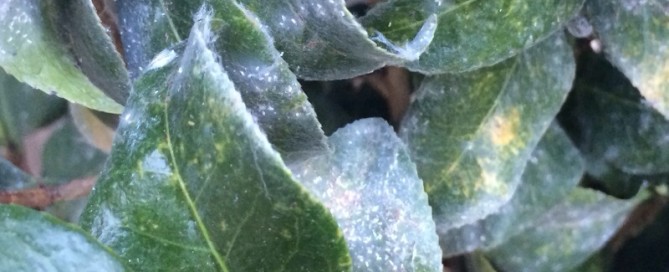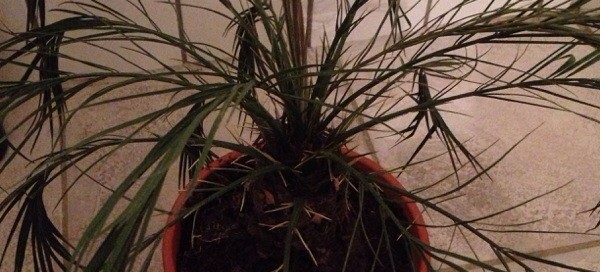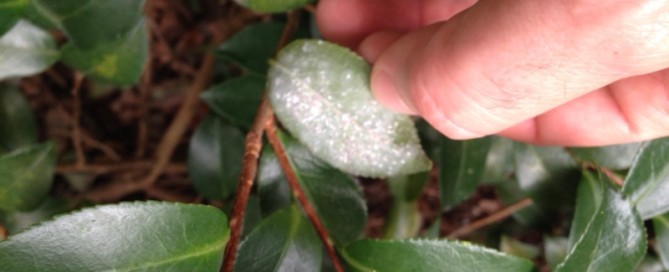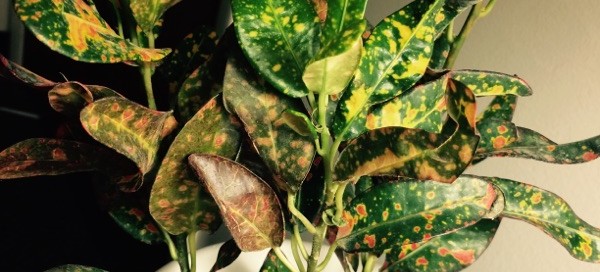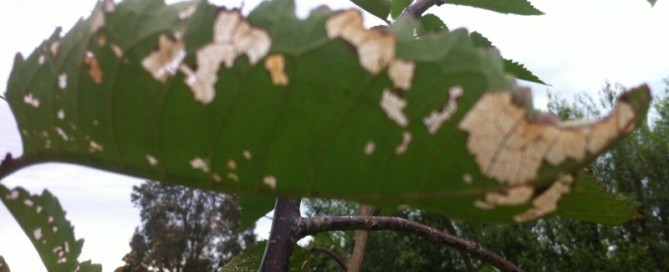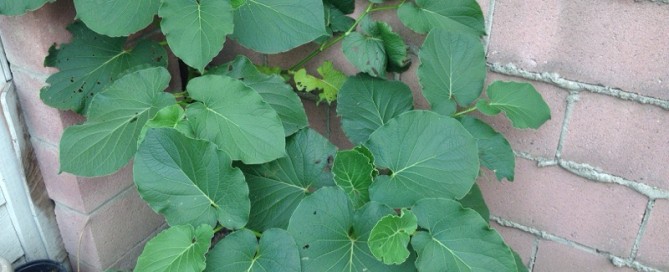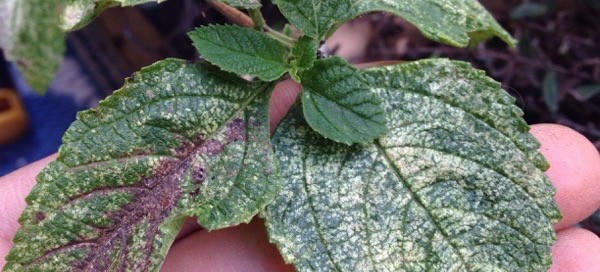Scale Insects On Camellia
Scale insects form raised bumps on leaves and stems as they stick their beaks in to suck the life out of plants. They are not uncommon on camellia, nor are aphids, mealybugs, and mites; they often coexist on stressed plants. As they feed, the leaves turn yellow and fall off. There can be webs and sticky exudate that soon grows black sooty mold. Start gaining control by spraying the plants thoroughly, if temperatures permit, spray with a horticultural oil spray. These oils are highly refined and will not burn if used as directed on the label and should be used each winter on camellias. In hot weather, use a non-oil control product made for piercing and sucking insects. Spray the trunks and upper and lower leaf surfaces. This looks like a serious infestation so do consider also using a systemic insecticide to continue control this year. Keep fallen leaves raked up; water and fertilize as usual. The plants are tough; with your help, they'll shake off the insect issues.
